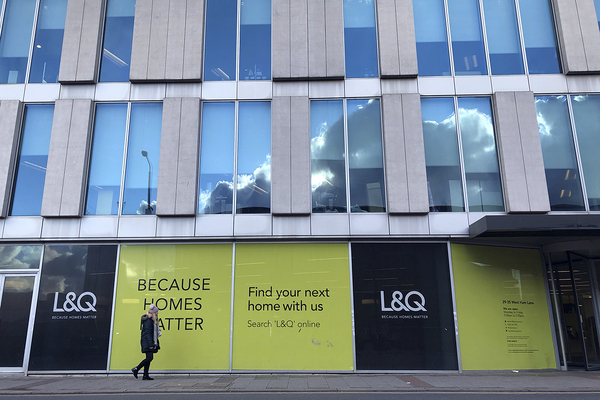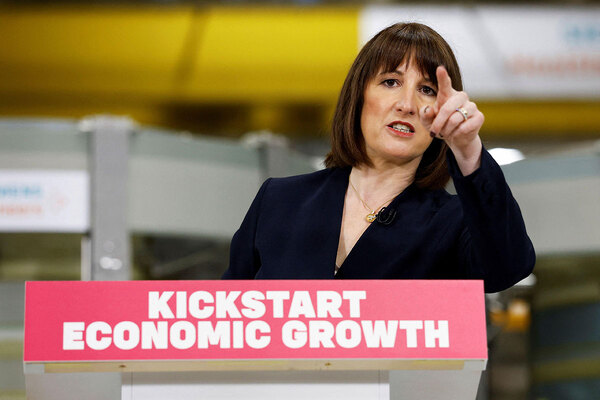You are viewing 1 of your 1 free articles
We need to broaden the understanding of homelessness across the wider housing and property sector
Both the public and private sectors need to improve their services, but this requires a better understanding of homelessness, writes Olivia Harris, chief executive of Dolphin Living

Olivia was appointed as Chief Executive in April 2017. Previously, Olivia was Finance Director at Dolphin Living, providing financial ...more
The number of 16 to 24-year-olds experiencing homelessness or at risk of experiencing homelessness who have asked their local authority for help has risen from 86,000 to 136,000 in the UK in seven years, according to London’s youth housing charity Centrepoint.
There is a petition on the government’s website, called Plan for the 136K, which has been organised by New Horizon Youth Centre. It seeks a national strategy to end youth homelessness.
The annual cost of homelessness is cautiously estimated at £6.5bn in a report called A Place to Call Home by researchers at University College London.
The big increase in homelessness, particularly youth homelessness, needs more thought and resources to prevent greater personal, social and economic consequences arising.
Property industry charity LandAid and its Patrons Network, of which I’m a member, was founded in 1986 (inspired by BandAid), and its mission is to end youth homelessness. Alongside funding and supporting charities that provide services to help young people experiencing homeless to find safe, warm and affordable accommodation, LandAid is seeking to address and prevent the root causes of youth homelessness.
It isn’t only younger people feeling the pain. We have seen an increase in requests for support from working Londoners living in Dolphin Living’s homes as more and more people are affected by the cost of living crisis.
To help manage the situation, Dolphin Living staff increasingly offer more personalised help for customers navigating a difficult time. We find it more effective to support residents in person, rather than follow a process-driven approach. Our aim is to support residents who are struggling, financially or personally to maintain their tenancy and keep their home.
“We have seen an increase in requests for support from working Londoners living in Dolphin Living’s homes as more and more people are affected by the cost of living crisis”
This is where Dolphin and LandAid’s thinking coincides. More focus and resources to prevent homelessness are needed, and fundamentally we need more homes, particularly affordable homes, to be built to alleviate housing pressures.
The big problem right now, especially for vulnerable young people, is that local authorities don’t have the resources to focus sufficiently on the personal help and intervention that prevention requires. Not least because £1.74bn was spent by local government on private temporary accommodation in the year to March 2023, which is expected to rise to more than £2.1bn this year.
Part of the solution, part of any strategy to address homelessness and to prevent even greater public expenditure dealing with the consequences, must be to help people avoid falling into the trap of having nowhere to live.
Local authorities are stuck with a housing funding system that doesn’t allow them sufficient resources to address homelessness prevention. The system doesn’t work for vulnerable young people in particular, who may need support in preparing for a tenancy or help with a wide range of other issues, such as the lack of a permanent address, employability or mental health issues.
Zero-hours contracts aren’t helping. It’s hard to demonstrate you’re an economically reliable tenant on the basis of a zero-hours contract. These are now widely used by leading UK companies, which perhaps need to think harder about how these fit in with their environmental, social and governance aspirations.
LandAid works with 80 charity partners around the country, focused on the mission of ending youth homelessness, to ensure that it becomes “rare, brief and as non-recurring as possible”. The face-to-face work is necessary to help people with the consequences of a home break-up, mental health crises, economic pressure, supporting people into a tenancy, employment training, requires a holistic package of help tailored to an individual’s needs. It can’t be a one size fits all approach, but such help does have to be part of how our society prevents homelessness.
“There is no lack of enthusiasm for helping young people. Perhaps there is some need for greater understanding of the bigger picture”
So it isn’t that there is no help out there, but organisations that do exist, are overrun. There is too much to do, and what might work in London doesn’t necessarily work in Leeds.
Much of LandAid’s historic efforts and that of its supporters has been about bricks and mortar, but policy is shifting, through necessity, broadening out to focus also on prevention. There is more to the issue than housing. There also needs to be more recognition in the private sector of the need for prevention. Private landlords, like affordable housing providers, must adapt their services to help customers who get into difficulties.
There is no lack of enthusiasm for helping young people. Perhaps there is some need for greater understanding of the bigger picture, in terms of the wider issues and potential impact of homelessness prevention.
Both the public and private sectors need to improve their services because there are so many people whose needs are not being met. The improved outcomes that can be achieved in sustaining tenancies and preventing homelessness needs to be wrapped up in how the property industry and the public sector view and deliver the real social impact in the way they operate.
Sign up for our homelessness bulletin
Already have an account? Click here to manage your newsletters












